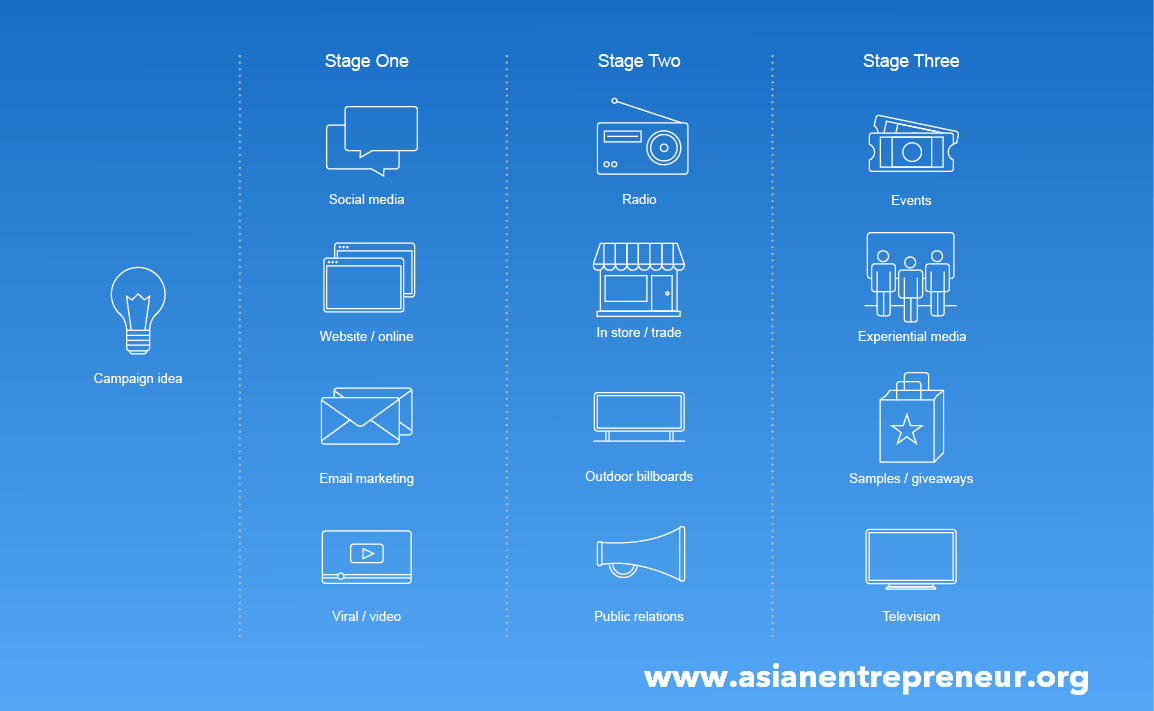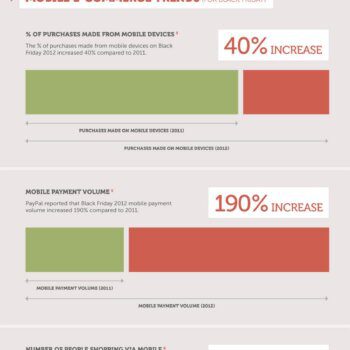What makes a successful marketing campaign? Today, we have more and more choices of how and where to promote or advertise products and services. While there is no fixed method to create a successful integrated marketing campaign, there are questions that you can ask to maximize exposure.
Step 1: Who is my target audience? It’s important to clearly identify your target audience both demographic and psychographic (attitudes, interests and behaviors), to help develop key messages and to identify the best communication channels to reach them.
Step 2: Which channels do my customers use? It’s better to concentrate on the more effective channels than trying to be everywhere all the time. It is also important to understand the strengths and weaknesses of each channels. Not everyone needs to be on Facebook or in a magazine.
Step 3: How should it look? Make sure your visual identity is consistent. A person reading an e-newsletter or brochure should see an immediate visual connection when visiting the website. Visual identity is far more than your logo. It entails having a common overarching design (look and feel), style of photography and graphics, consistent logo treatment and common colors and fonts.
Step 4: Is my content clear and consistent? It can take more than five impressions for an individual to recognize a brand or specific marketing message. Every piece of content you develop; a blog post, case study or video should be able to be used in as many places as possible.
Step 5: Is my messaging is integrated? Make sure each element of your marketing campaign is set up to drive traffic to your ultimate target, whether your target is a website or a social network like Facebook or Twitter (for engagement). Include links in press releases and on select marketing collaterals. URLs and usernames should be as uniform as possible and be sure to use the same keywords and phrases throughout your integrated marketing campaigns.
Step 6: Are your teams working in sync? Facilitate team meetings to ensure all members are on the same page so that the message behind the campaign is consistent and to manage company brand standards across the campaign. Similarly, if you are using different agencies to produce different aspects of your marketing campaign, make sure there is someone in-house to monitor and coordinate their efforts, to ensure your branding has a consistent look and feel across channels.
Step 7: Am I tracking the campaign? The most important aspect of any campaign, and most especially integrated campaigns, is putting the proper analytics and attribution methods in place to really understand how you’re achieving conversions and/or results.





























